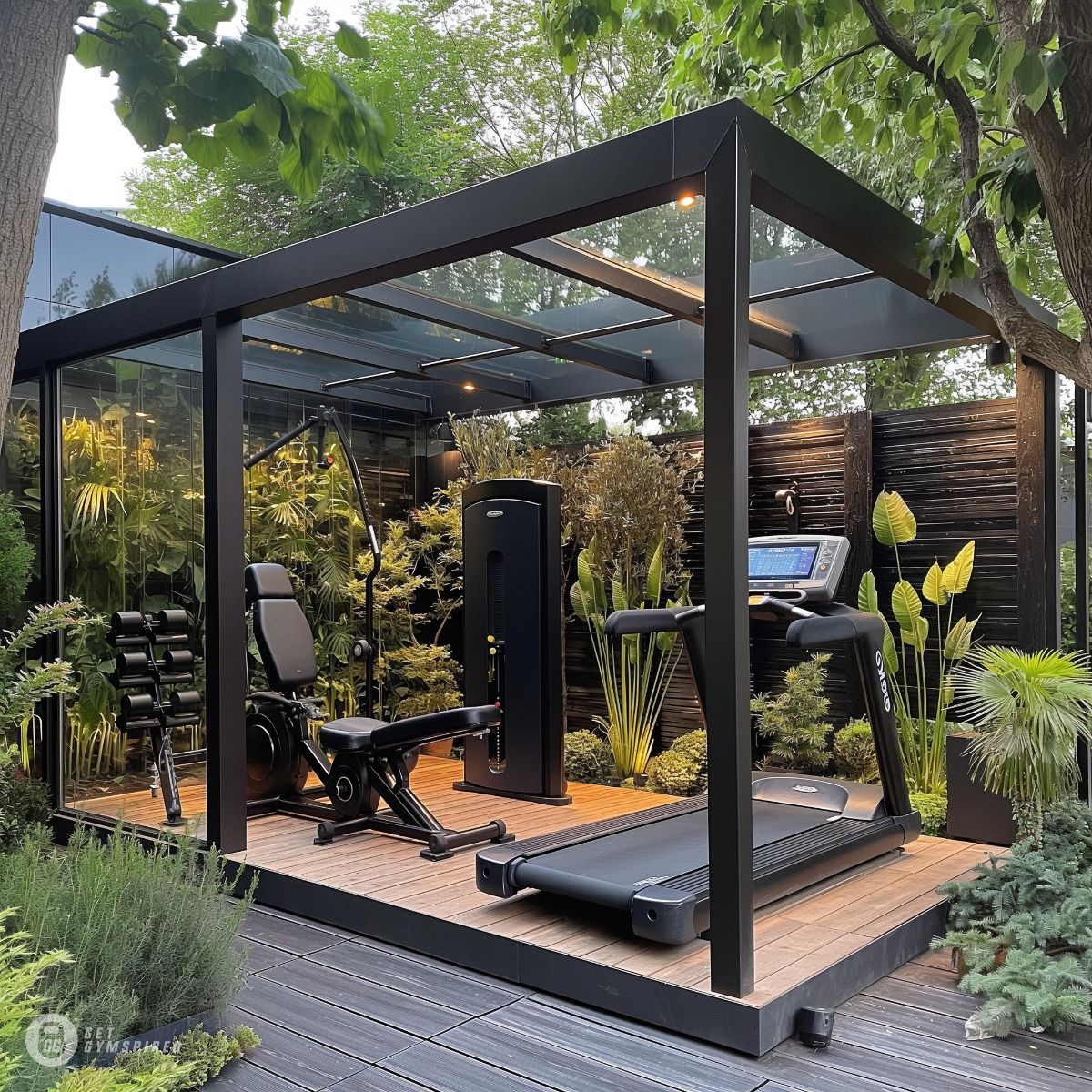Achieving active front splits is about more than just stretching—it’s a perfect combination of flexibility, strength, and consistency. Whether you’re a dancer, athlete, or someone who wants to improve their overall range of motion, learning active front split exercises can help you unlock your body’s potential. This comprehensive guide will take you step by step, from preparation to advanced techniques, ensuring you make progress safely and effectively.
Understanding the Active Front Split Exercises
What Is an Active Front Split?
An active front split involves using muscle engagement to hold a split position rather than relying on passive stretches or external forces like gravity. This type of split requires control, balance, and strength, particularly in the hip flexors, hamstrings, quadriceps, and core muscles.
Unlike passive splits, where the goal is to simply relax into the position, active splits demand that you maintain stability and alignment. This not only builds strength but also makes your flexibility functional for movements like leaps, kicks, and other athletic skills.
Benefits of Active Front Split Training
Active front splits offer numerous benefits, both physical and mental:
- Improved Flexibility: Engaging your muscles while stretching increases the elasticity and control of your range of motion.
- Functional Strength: By engaging your muscles, you strengthen the stabilizers in your hips, legs, and core.
- Enhanced Athletic Performance: Active splits mimic movements in sports, dance, and martial arts, making them highly practical.
- Reduced Risk of Injury: Stronger muscles surrounding flexible joints are less prone to strains and injuries.
- Mental Discipline: Reaching a full active split requires consistency and patience, which can build a sense of accomplishment and focus.
Passive vs. Active Front Splits: Key Differences
The primary distinction lies in muscle engagement:
- Passive Front Splits: Gravity or external forces stretch your muscles, often with little muscle activation. This is ideal for relaxation or recovery.
- Active Front Splits: You actively engage muscles to hold the split, making it more dynamic and functional for athletic activities.
Active splits are generally considered superior for long-term flexibility and strength, especially for those looking to integrate these movements into sports or other dynamic activities.
Preparing for Front Split Training

Importance of Warm-Up
Warming up before any form of flexibility training is crucial. A warm-up increases blood flow to your muscles, raises your core temperature, and prepares your body for intense stretches. Without a proper warm-up, you risk muscle strain or injury.
A good warm-up for split training includes:
- Light Cardio: 5–10 minutes of jogging, jumping jacks, or cycling to elevate your heart rate.
- Dynamic Stretches: Incorporate movements like high knees, walking lunges, or leg swings to activate your hips and legs.
Essential Pre-Stretching Exercises
Pre-stretching ensures your muscles are ready for deeper ranges of motion. Some excellent exercises include:
- Cat-Cow Pose: Warms up the spine and hips while improving mobility.
- Standing Forward Fold: Stretches the hamstrings and calves.
- Side Lunges: Loosens up the inner thighs and hips.
Perform each stretch dynamically for 30–60 seconds to prepare your body for more intense work.
Key Safety Tips to Prevent Injuries
- Don’t Rush: Progress slowly and focus on maintaining proper form.
- Avoid Pain: Stretching should feel challenging but never painful.
- Stay Consistent: Regular practice is more effective than overexerting yourself in one session.
Foundational Exercises for Active Front Splits
Hip Flexor Stretches
Hip flexors play a crucial role in front splits. Tight hip flexors can hinder progress, so incorporating stretches like:
- Low Lunge Stretch: Step one foot forward into a lunge position, drop your back knee to the floor, and push your hips forward while keeping your chest upright.
- Psoas Stretch: From a lunge, reach your arms overhead and lean slightly backward to target the deep hip flexors.
Hamstring Activation Exercises
Hamstrings often limit front split progress, so activating them is essential:
- Seated Forward Fold: Sit with your legs extended, and hinge at your hips to reach for your toes. Keep your back straight to avoid compensating with your spine.
- Single-Leg Deadlifts: Use a light weight or no weight to perform slow and controlled movements, engaging the hamstrings through their full range.
Quadricep Engagement for Splits
Strong quads provide stability during splits. Try:
- Standing Quad Stretch: Pull one foot toward your glutes while balancing on the opposite leg.
- Kneeling Quad Stretch: From a kneeling position, place your back foot on a bench or wall to stretch the front of your thigh.
Dynamic Exercises for Flexibility and Strength
Standing Leg Swings
This dynamic exercise improves hip mobility and warms up the hamstrings. To perform:
- Stand next to a wall or chair for support.
- Swing one leg forward and backward in a controlled motion.
- Start with a small range and gradually increase the height.
Active Half-Split Holds
This exercise builds strength and flexibility simultaneously:
- Start in a kneeling position with one leg extended forward.
- Flex your front foot and engage your hamstring to keep the leg active.
- Hold for 15–20 seconds and repeat on the other side.
Controlled Hamstring Pulses
This movement deepens the hamstring stretch:
- Sit on the floor with one leg extended and the other bent.
- Hinge forward slightly while pulsing up and down, engaging the stretched hamstring.
Advanced Active Front Split Exercises

Elevated Front Split Holds
Elevating the front leg adds intensity to your splits:
- Use a yoga block or sturdy surface to prop your front leg.
- Engage your muscles to hold the position without sinking into the stretch.
Resistance Band Assisted Splits
A resistance band provides support and feedback:
- Loop the band around your back foot and hold the other end in your hands.
- As you move into the split, use the band to control and deepen the stretch.
Oversplit Training for Elite Flexibility
Oversplits extend your flexibility beyond 180 degrees:
- Place your front leg on an elevated surface, such as a stack of cushions.
- Proceed with caution, ensuring your muscles are thoroughly warmed up.
Cool-Down Routine Post Training
Importance of Cooling Down
Cooling down aids recovery and reduces muscle soreness. After training, take 5–10 minutes to gradually bring your heart rate down.
Best Cool-Down Stretches
- Child’s Pose: Stretches the hips, lower back, and thighs.
- Butterfly Stretch: Targets the groin and inner thighs.
- Pigeon Pose: Opens the hips and relieves tension.
Tips for Recovery and Progress Tracking
- Use a foam roller to relieve tightness.
- Stay hydrated to prevent muscle cramps.
- Track your progress with photos or videos.
Common Challenges and How to Overcome Them
Tight Hip Flexors
Tightness in this area can limit your split depth. Combat this with dynamic stretches like lunges and static holds like the couch stretch.
Limited Hamstring Mobility
Hamstrings require consistent stretching. Dedicate time to forward folds, single-leg stretches, and foam rolling.
Lack of Consistency in Practice
Set a realistic schedule and stick to it. Progress may be slow, but regular effort yields results.
Structuring Your Training Routine
How Often to Practice
Aim for 3–4 sessions per week, allowing rest days for recovery. Overtraining can lead to injury or burnout.
Balancing Flexibility with Strength Training
Incorporate exercises like squats, lunges, and deadlifts to build strength alongside flexibility.
Monitoring and Measuring Progress
Record weekly updates to celebrate milestones and identify areas that need improvement.
FAQs on Active Front Splits
Can Anyone Learn Active Front Splits?
Yes! With time, effort, and the right exercises, most people can achieve active front splits. The key is consistency and patience.
How Long Does It Take to Achieve a Front Split?
It varies—some may see progress in months, while others take years. Factors like starting flexibility, age, and practice frequency all play a role.
Are Front Splits Safe for Beginners?
Yes, as long as you progress gradually and avoid forcing the stretch. Beginners should focus on foundational exercises first.
What’s the Difference Between Active and Passive Splits?
Active splits engage the muscles to hold the position, while passive splits rely on external forces like gravity.
Do I Need Special Equipment for Split Training?
While not required, tools like yoga blocks, resistance bands, and foam rollers can enhance your training.
Conclusion
Achieving active front splits is a rewarding process that enhances your flexibility, strength, and overall physical capabilities. By incorporating the exercises, routines, and tips outlined in this guide, you’ll be well on your way to mastering this challenging yet empowering skill. Remember, progress comes with patience and consistent effort—so stick with it and enjoy the journey!



